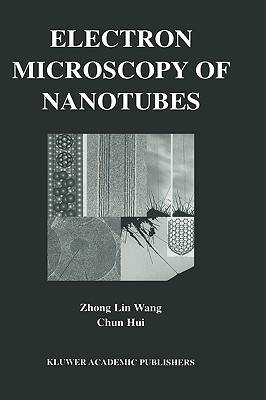
- Afhalen na 1 uur in een winkel met voorraad
- Gratis thuislevering in België vanaf € 30
- Ruim aanbod met 7 miljoen producten
- Afhalen na 1 uur in een winkel met voorraad
- Gratis thuislevering in België vanaf € 30
- Ruim aanbod met 7 miljoen producten
Zoeken
Omschrijving
Research in carbon nanotubes has reached a horizon that is impacting a variety of fields, such as nanoelectronics, flat panel display, composite materials, sensors, nanodevices, and novel instrumentation. The unique structures of the nanotubes result in numerous superior physical and chemical properties, such as the strongest mechan- ical strength, the highest thermal conductivity, room-temperature ballistic quantum conductance, electromechanical coupling, and super surface functionality. Several books are available that introduce the synthesis, physical and chemical properties, and applications of carbon nanotubes. Among the various analytical techniques, high-resolution transmission electron microscopy (HRTEM) has played a key role in the discovery and characterization of carbon nanotubes. It may be claimed that carbon nanotubes might not have been discovered without using HRTEM. There is a great need for a book that addresses the theory, techniques, and applications of electron microscopy and associated techniques for nanotube research. The objective of this book is to fill this gap. The potential of HRTEM is now well accepted in wide-ranging communities such as materials science, physics, chemistry, and electrical engineering. TEM is a powerful technique that is indispensable for characterizing nanomaterials and is a tool that each major research institute must have in order to advance its research in nanotechnology.
Specificaties
Betrokkenen
- Auteur(s):
- Uitgeverij:
Inhoud
- Aantal bladzijden:
- 310
- Taal:
- Engels
Eigenschappen
- Productcode (EAN):
- 9781402073618
- Verschijningsdatum:
- 31/05/2003
- Uitvoering:
- Hardcover
- Formaat:
- Genaaid
- Afmetingen:
- 161 mm x 247 mm
- Gewicht:
- 684 g

Alleen bij Standaard Boekhandel
+ 518 punten op je klantenkaart van Standaard Boekhandel
Beoordelingen
We publiceren alleen reviews die voldoen aan de voorwaarden voor reviews. Bekijk onze voorwaarden voor reviews.











